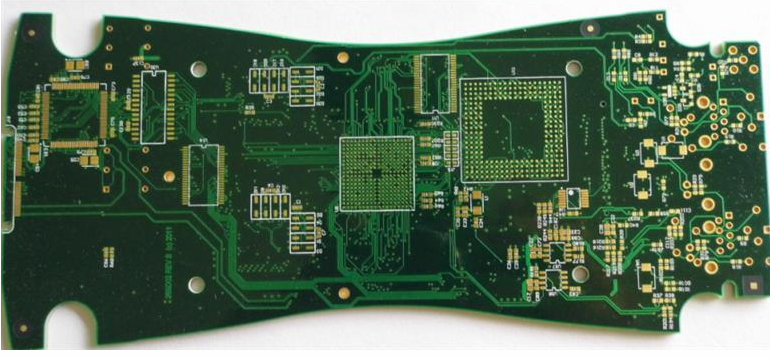The cleaning after soldering in the PCB chip processing plant refers to the use of physical action and chemical reaction to remove SMT reflow soldering, wave soldering and manual soldering, residual flux residues and SMT stickers on the surface layer of the surface layer assembly board The pollutants caused by the process of chip processing and assembly process, and the harm of the pollutants from the process process of impurities to the surface layer assembly board.
1. The activator added to the flux and the soldering sound contains a small amount of western compounds, acid or salt. After soldering, residues are generated and covered on the surface layer of the PCBA patch solder joints. When the electronic equipment is powered on, the ions of the residues are left behind. It will migrate to electrical conductors with opposite polarities, which can cause short circuits in severe cases.
2. Halides in flux are relatively common at this stage. Chloride has very strong activity and hygroscopicity. It will corrode the substrate and solder joints in the humid environment, reducing the insulation resistance of the substrate surface layer and causing electromigration., When the situation is serious, it will conduct electricity, causing a short circuit or open circuit.

3. For high-standard military products, medical products, instruments and other special requirements products processed by PCB factory, the three-proof treatment is required. The standard before the three-proof treatment has a very high cleanliness, otherwise it is relatively harsh in hot flashes or high temperatures. Environmental conditions will cause serious consequences such as electrical performance degradation or failure.
4, due to the speed shift of the residual debris after welding, the test probe contact is not good during the online test or the function test, which is prone to false test.
5. For high-standard products, due to the occlusion of residual debris after welding, some defects such as thermal damage and delamination cannot be exposed to the PCBA patch, resulting in missed inspections and affecting reliability. At the same time, there are too many impurities Affect the appearance of the board and the commercial nature of the board.
6, the residual debris after soldering will affect the reliability of high-density, multi-I/O connection point array chips, and flip-chip connections.
Generally, PCBA patch processing and production workshops have the following requirements for a dust-free environment. First, the load-bearing capacity of the plant, vibration, and noise requirements. The load-bearing capacity of the plant road surface should exceed 8KN/m2, and the vibration should be controlled within 70dB, the highest value No more than 80dB.
PCBA patch processing and production workshops have air source requirements. According to the requirements of the equipment, the air source pressure can be equipped. The air source of the factory can be used, or an oil-free compressed air machine can be independently equipped. Generally, the pressure exceeds 5kg/cm2, and cleaning and drying are required. Therefore, the compressed air must be degreasing, dust removal, and sewage treatment. Stainless steel plates or pressure-resistant plastic hoses are used as gas pipes. There are also requirements for exhaust systems, reflow soldering foundry furnaces and wave soldering equipment A smoke exhaust fan is required.
The PCBA patch processing production workshop must maintain daily cleaning, no dust, no corrosive vapors, cleanliness control in the production workshop, cleanliness control: 500,000, the working temperature of the production workshop is 23±3 degree Celsius as the maximum Good, generally 17~28 degree Celsius, the air humidity is 45%~70%RH, according to the specifications and dimensions of the production workshop, set a suitable thermometer and hygrometer, conduct regular supervision, and be equipped with equipment to adjust the temperature and humidity.